The exotic brilliance of Tremenheere Sculpture Gardens, a Cornwall gem with 'one of the best views in England'
Created over 25 years, Tremenheere's 20-acre hillside garden brilliantly succeeds in its makers’ aim of providing a haven far away from cares and worry, discovers James Alexander-Sinclair. Photographs by Mimi Connolly.
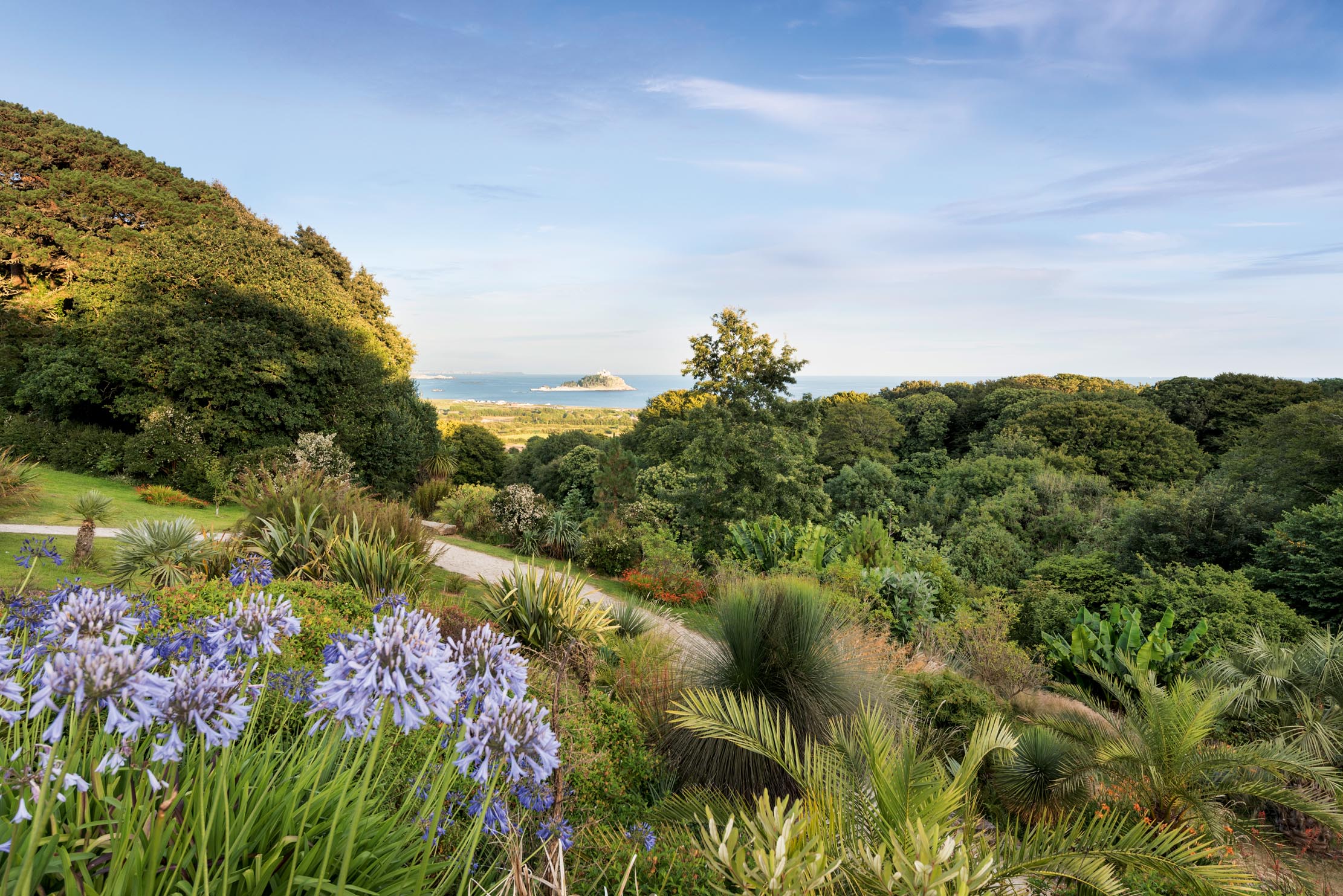

One of the best views in England can be yours if you climb to the top of the hill at Tremenheere. From there, you can stand with the wind ruffling your hair (and, if you want to go full Poldark, flapping your coat tails) looking down onto the little village of Marazion, the English Channel and the sun-kissed walls of St Michael’s Mount, a tiny island with a colourful history. After the monks were turfed out during the Dissolution of the monasteries, it was seized by Cornish rebels, sold by Elizabeth I to Robert Cecil and finally, in 1647, taken over by the St Aubyn family. They still live on part of the island, although most of it is run by the National Trust.
Once upon a time, Tremenheere was the hill that provided the monks with wine and vegetables. For 600 years, the land was farmed by the De Tremenheere family. The last of the line, Seymour Tremenheere, did every succeeding generation a huge favour by planting the stately broadleaf trees (beech, oak, sweet chestnut and holly) that give stature to the site.
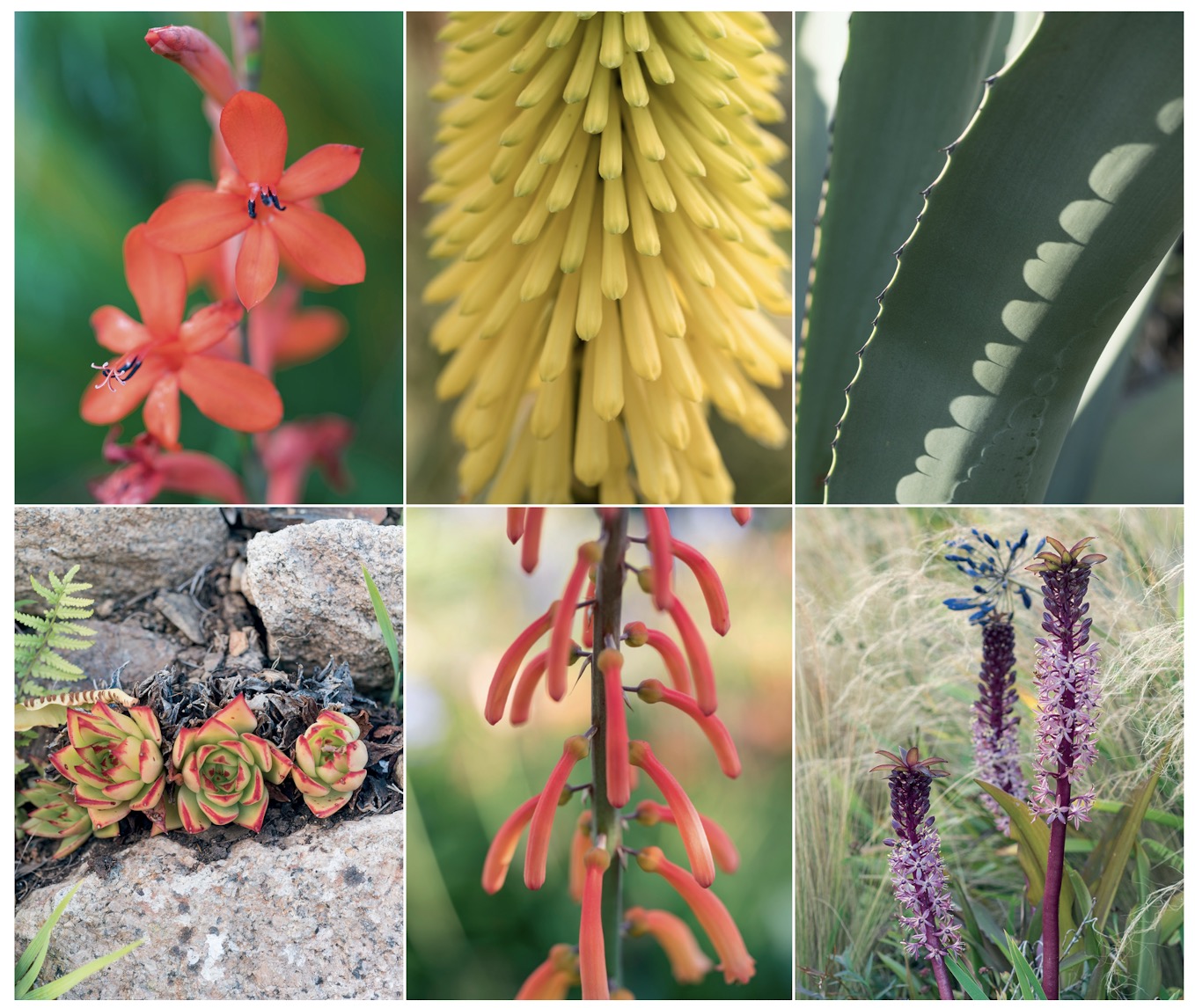
Seymour was, incidentally, the first Inspector of Schools, as well as the Inspector of Mines and used to travel back and forth from Cornwall in a yellow chariot — which must have been extremely uncomfortable. The hill is now home to a remarkable garden surrounding an extraordinary collection of sculpture, created over the past 25 years by Neil Armstrong — plantsman, curator, gardener and local GP and his wife, Jane Martin.
Dr Armstrong had always been a keen gardener, but, being the sort of chap who is overflowing with energy and vision, he jumped straight in with both feet when he was given the opportunity to buy the land at Tremenheere. He already had a decent-sized plot in nearby Penzance, but this was a different scale — somewhere he could make a garden for the next millennium, as well as indulge his enthusiasm for both art and horticulture.
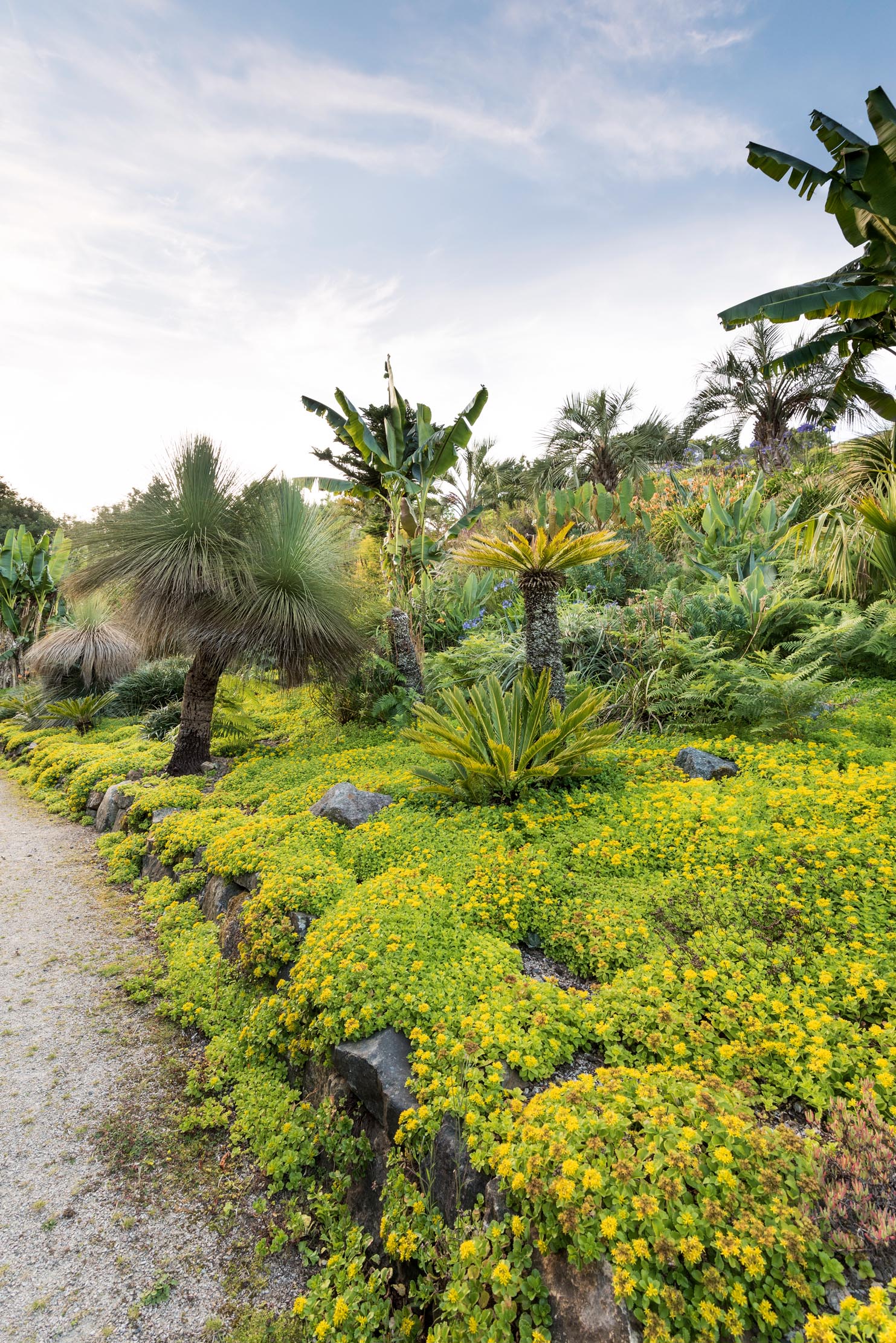
The garden has good, fertile soil, with a strong stream running down the foot of the valley, it faces south and enjoys all the good things that make Cornish gardens so special — shelter (thank you, Seymour), warm winters, hot summers and lots of variety. For the first few years, Dr Armstrong picked his way across the site, about 20 acres, removing old plastic bags, furlongs of agricultural string,10ft-high thickets of bramble and the invasive Rhododendron ponticum. Over the years of neglect, many large trees had tumbled and he has worked with them rather than wholly clearing the site. Paths wend through the branches of fallen beech and little ferns have germinated among the moss.
With no big house to worry about, everything could be about the garden. The first steps were to plant shelterbelts to the north and the east of the site (Cornwall may have a mild climate, but it can be fearfully windy) of Pinus radiata, evergreen oak (Quercus ilex) and assorted sturdy native trees. ‘The purpose is to create an Arcadian place where you’re transported from everyday worries and concerns,’ explains Dr Armstrong.
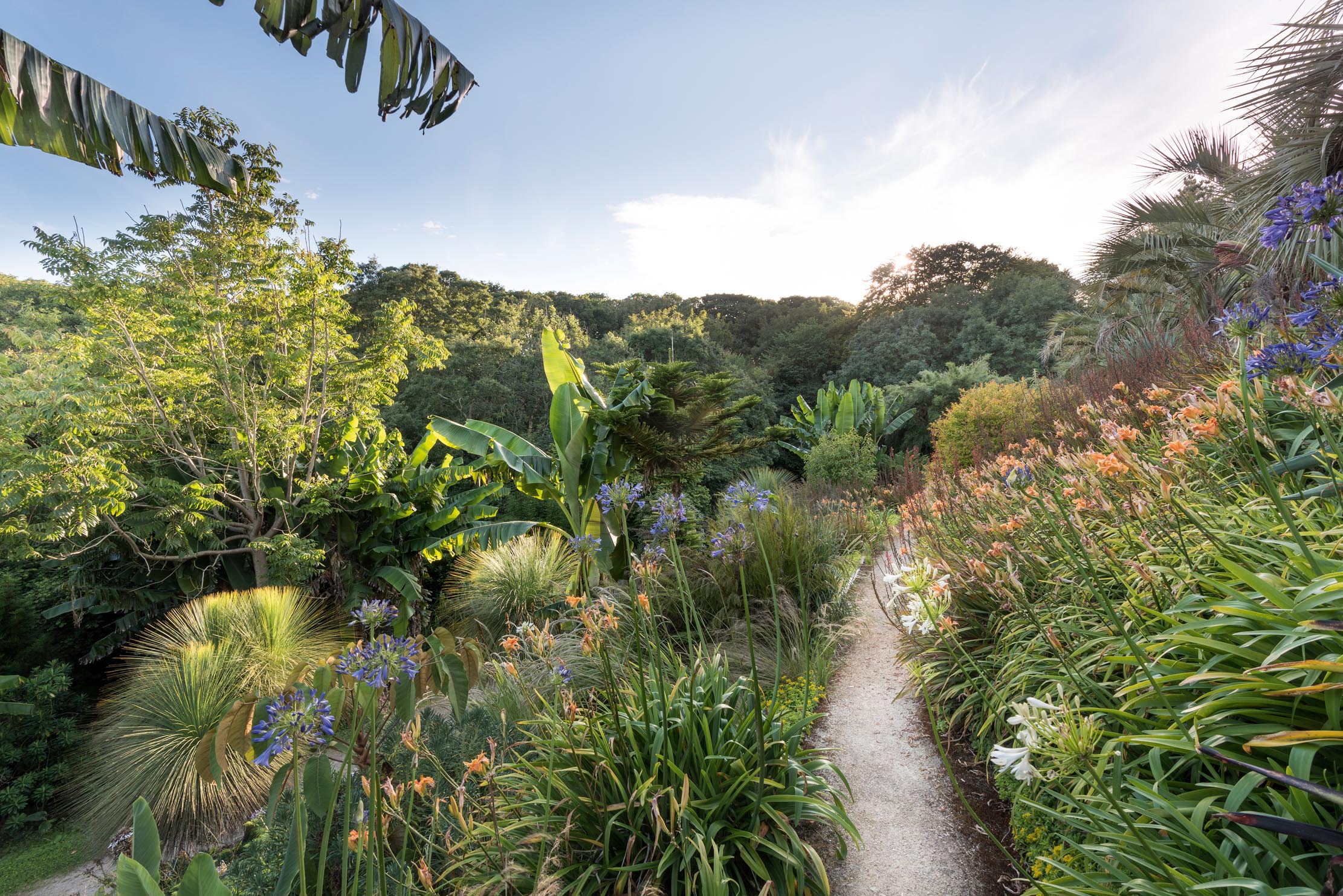
When you first wander into the garden, you enter a tunnel of vegetation that follows a stream that cascades through various pools down the hillside. So far, so Cornish. The path then turns into a timber boardwalk where the native trees are augmented by towering ferns, large-leaved magnolias and other, more exotic plants. Subtly, the mood has changed to a sort of sub-tropical groove. There are some pretty staggering plants here and you can hear the excitement rise as he talks about them. There are four different sorts of Cyathea (brownii, cooperi, dealbata and medullaris), huge-leaved tetrapanax, rare acers (collected by Dr Armstrong in Vietnam), magnolias, bamboos, scheffleras and palms. At one point, he acquired a job lot of plants from a collector: a large lorry arrived laden with palms, one of which fell off when being transported to the top of the hill. It rolled down a bank and ended up next to the boardwalk, too heavy to move. That was where it stayed and it still thrives.
Sign up for the Country Life Newsletter
Exquisite houses, the beauty of Nature, and how to get the most from your life, straight to your inbox.
Eventually, you pop out at the top of the hill into a completely different world. Gone are all the soft greens: this is sun baked and succulent and completely unexpected. It is a supreme moment of horticultural theatre: like stepping into a Tardis and not quite knowing where you will end up. Again, there are some extraordinary plants: cacti, succulents, cycads, agaves and other things that you expect to find on dry sandy plains, not Cornwall, where, as anybody who has spent a beach holiday here will attest, it rains quite a lot. There is an area of fynbos — a homage to the natural heathland of the Western Cape of South Africa — spiny Southern Hemisphere eryngiums, proteas, restios and agapanthus. Go a bit further and you find a really delightful area of wafting Stipa tenuissima, crocosmia and spiky Beschorneria yuccoides framing yet another sea view. The secret to all of this is excellent drainage — there was not much soil up here, but Dr Armstrong has put a lot of effort into adding tons of stone to the area. It is wet soil in winter that kills plants here, not cold temperatures.
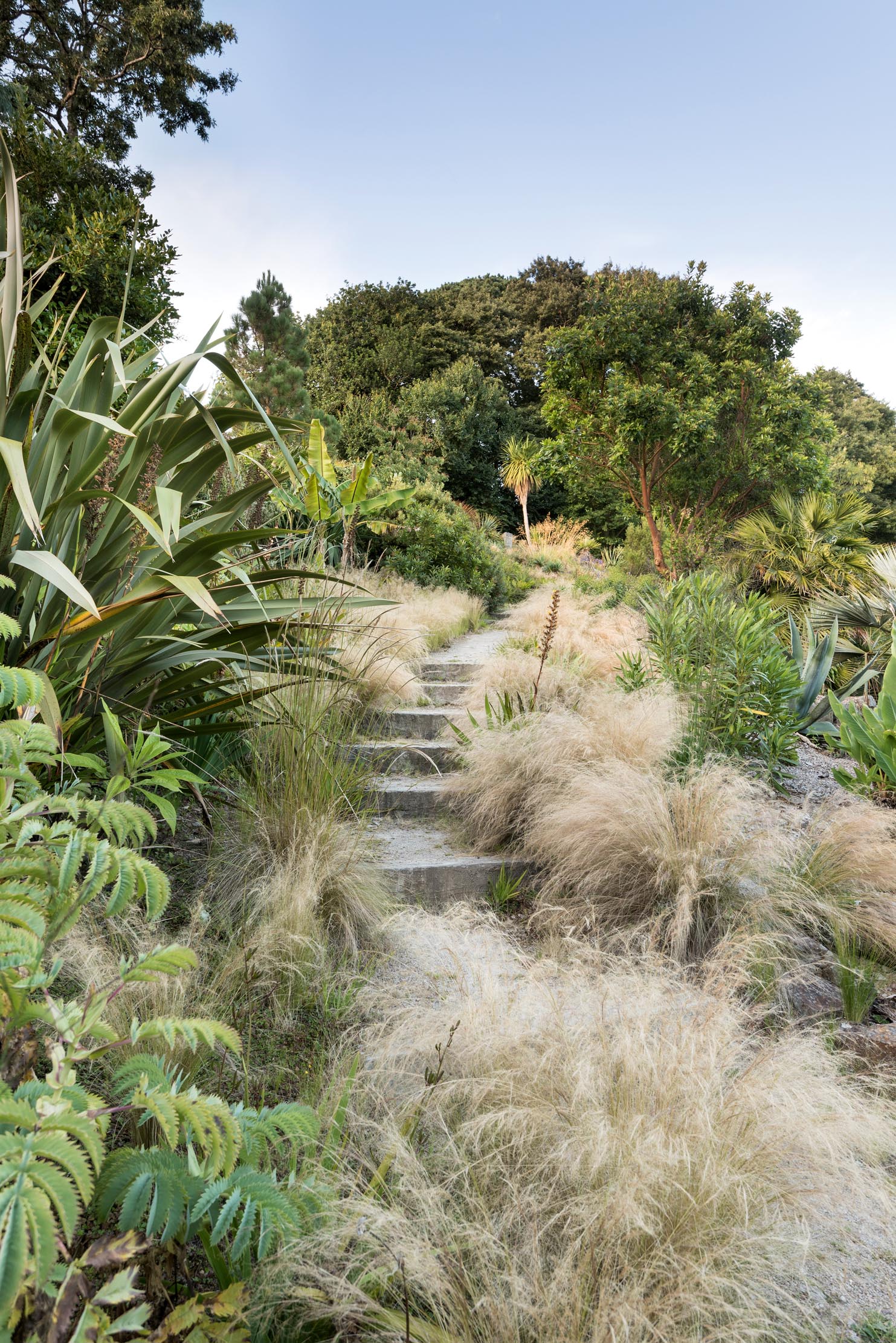
What adds another dimension to this remarkable garden is that, among the plants, is scattered a collection of internationally important sculptures. On top of the hill is Tewlwolow Kernow (Cornish for ‘Twilight in Cornwall’ designed by the American artist James Turrell. This is a building that Dr Armstrong pithily describes as ‘temple like’: you walk through a stone tunnel into a stark white oval lined with long benches. The idea is to sit there and gaze at the sky through a large hole in the roof: sometimes, you get azure blue with little fluffy clouds like scampering lambs, other times heavy-lidded rain clouds and, if you are unlucky, barely flickering grey. It doesn’t really matter, as each is soothing and strangely hypnotic.
Elsewhere is a Camera Obscura created by local artist Billy Wynter. Kishio Suga has laid out a simple row of 11 pine logs marked by a simple cut, symbolising our journey through life, and David Nash has created a huddle of charred-oak shapes called Black Mound. Noted landscape artist Richard Long has planted a row of Baloskion tetraphyllum (an Australian restio) in a perfect south-facing line and there are other works by artists such as Michael Chaikin, Ken Gill, Tom Leaper and Penny Saunders (who has made a wonderful timber temple that moves in the wind).
It is not that the combination of gardens and art is new — it has been a happy conjoining since the Egyptians and Chinese started gardening many, many centuries ago — but the way this garden is laid out makes it refreshingly different. This is an extraordinary place, built from the vision and sweat of one man. Dr Armstrong still works here most days: he cuts the grass and does a lot of the weeding, helped by a gardener and three ‘plucky volunteers in their eighties — all very cheerful and full of helpful suggestions’. You should all visit and, if one of your party really doesn’t like gardens or art, there is an excellent café.
Tremenheere Sculpture Gardens, near Gulval, Cornwall — www.tremenheere.co.uk

Sandhill Farm House, Petersfield: An educational masterpiece from the founder of the English Gardening School
As one might expect, Rosemary Alexander’s garden is packed with the lessons learned from a lifetime in horticulture, says Tilly

Weirs Barn: A Hampshire garden where Robert Weir Schultz's Arts-and-Crafts vision came back to life
In the spirit of its founding fathers, the Arts-and-Crafts design of Weirs Barn, Hartley Wintney, Hampshire, has been brilliantly brought
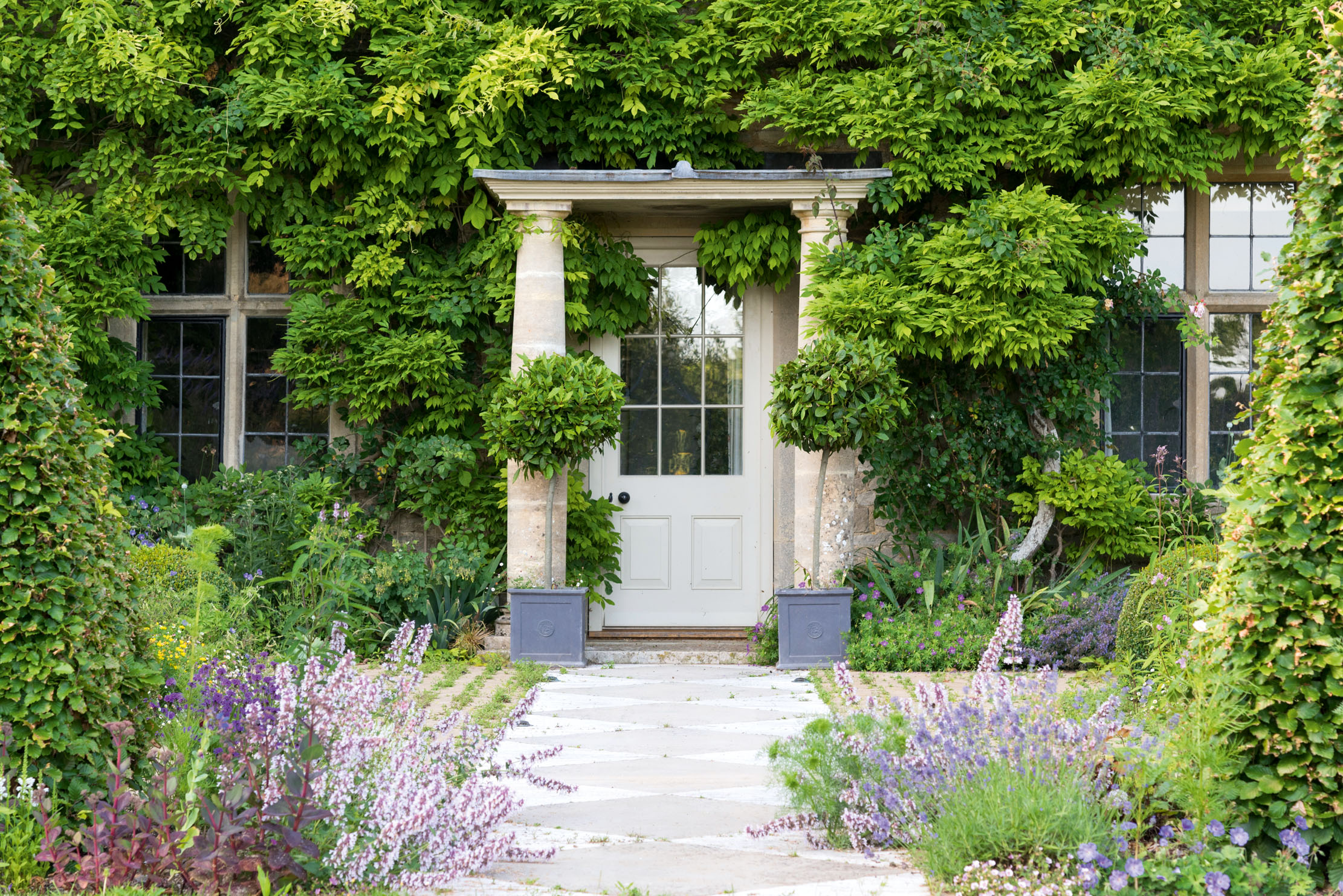
The gardens at Ready Token, Gloucestershire: The new, gentler blueprint for rewilding that's yielding spectacular results
Retaining the Arts-and-Crafts elements of a 1920s garden, the owners have added a sympathetic new terrace, as well as returning
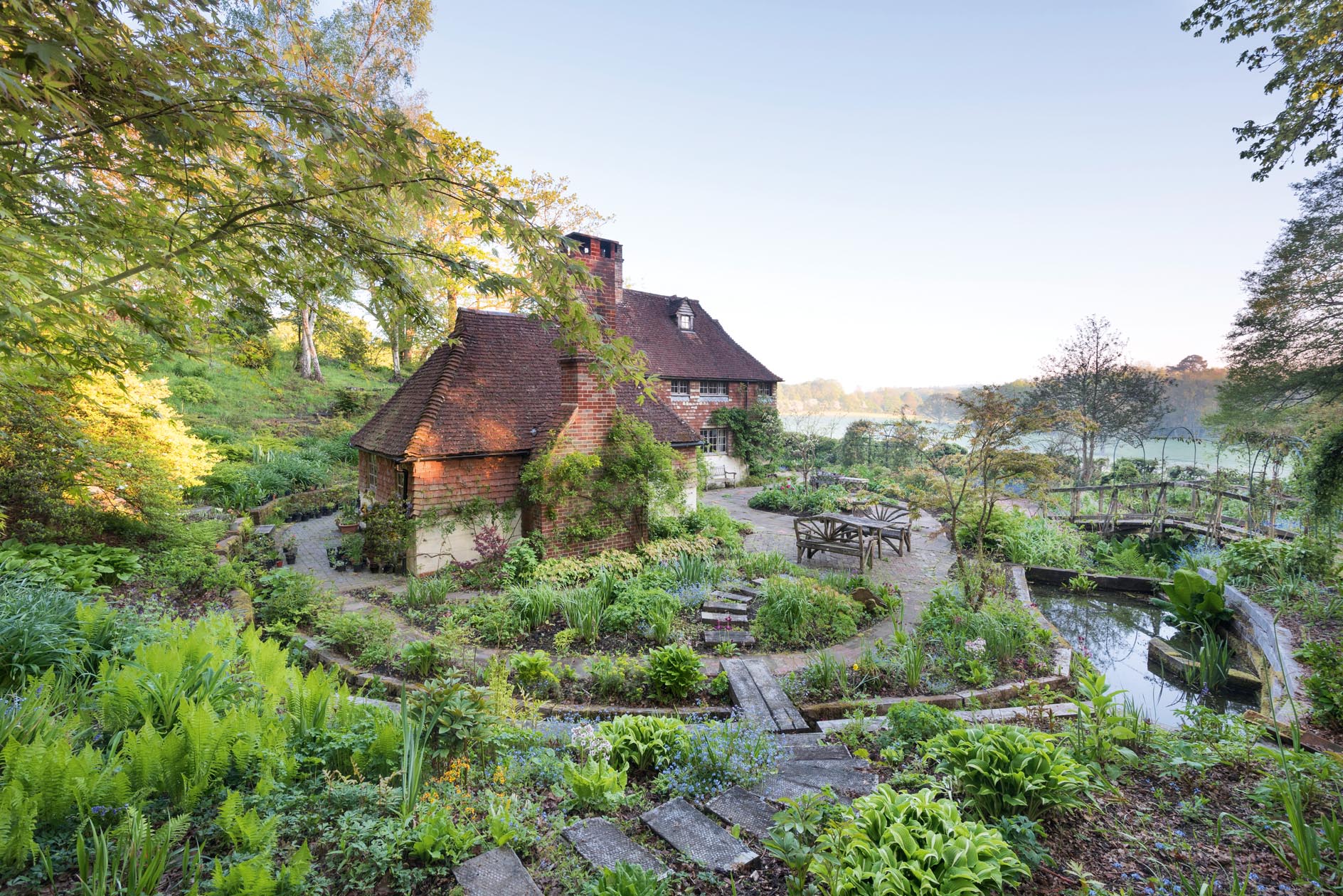
Copyhold Hollow: The 16th century house with a 1,000-year-old hedge — and a 21st century garden
When Frances Druce took over Copyhold Hollow — in the High Weald, West Sussex — this 16th-century house with its

Goldingtons, Hertfordshire: 'The brief was for the garden to flow more easily and to bring together its disparate parts'
Country Life is unlike any other magazine: the only glossy weekly on the newsstand and the only magazine that has been guest-edited by HRH The King not once, but twice. It is a celebration of modern rural life and all its diverse joys and pleasures — that was first published in Queen Victoria's Diamond Jubilee year. Our eclectic mixture of witty and informative content — from the most up-to-date property news and commentary and a coveted glimpse inside some of the UK's best houses and gardens, to gardening, the arts and interior design, written by experts in their field — still cannot be found in print or online, anywhere else.
-
 Designer's Room: A solid oak French kitchen that's been cleverly engineered to last
Designer's Room: A solid oak French kitchen that's been cleverly engineered to lastKitchen and joinery specialist Artichoke had several clever tricks to deal with the fact that natural wood expands and contracts.
By Amelia Thorpe
-
 Chocolate eggs, bunnies and the Resurrection: Country Life Quiz of the Day, April 18, 2025
Chocolate eggs, bunnies and the Resurrection: Country Life Quiz of the Day, April 18, 2025Friday's quiz is an Easter special.
By James Fisher